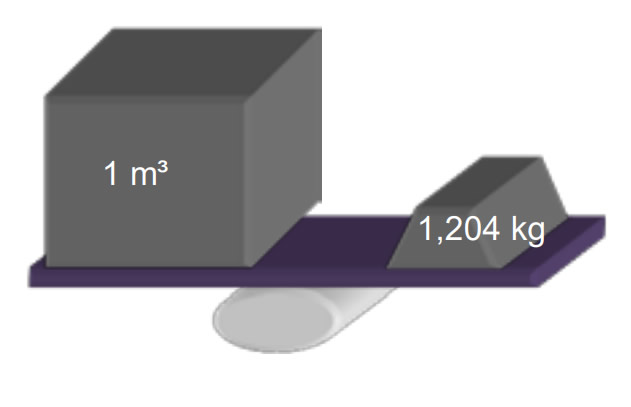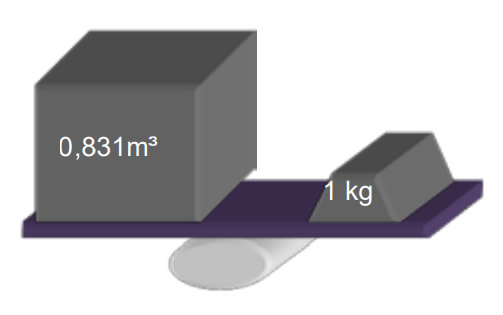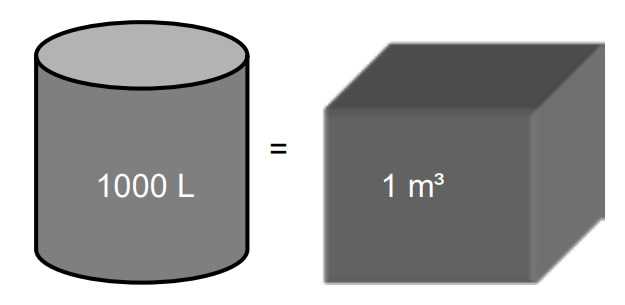21. The flow units
Mass flow and volume flow
According the routing sheet, the flow to be realized by the fan is given in volume flow (m³/h) or in mass flow(kg/h).
The fans is a volumetric machine, it operates only with effective m³/h of air. To make conversions, it is important to remind what the density of the air is. (Please refer to our article “the density”)

Let’s take an easy example with the following values:
Temperature: T= 20°C and the installation at the sea level density: ρ = 1,204 kg/m³
Flow to be carried out by the fan: Q = 1000 m³/h
The fan carries then 1204 kg/h according the formula
Q (kg/h) = Q (m³/h) x ρ (kg/m³)

Temperature: T= 20°C and installation at the sea level
Density: ρ = 1,204 kg/m³
Flow to be carried out by the fan: Q = 1000 kg/h
The fan carries then effective 831 m³/h according the formula.
Q (m³/h) = Q (kg/h) / ρ (kg/m³)
Liters/h or m³/h?

The density is not interfering in order to convert Liters/h to m³/h.
Flow to be carried out by the fan: 100.000 liters/h
The fan carries 100 m³/h
Q (m³/h) = Q (l/h) / 1000
Nm³ or effective m³/h?
The normal m³ is considered at the temperature of 0°C and at the atmospheric pressure at the sea level. For the air its density is ρ0 = 1,293 kg/m³. To select a fan, we should take into account the density of the air crossing the fan.
For example a flow of 1000 Nm³/h at the temperature of 20°C with ρ1 = 1,204 kg/m³ will give 1074 effective m³/h according the formula.

